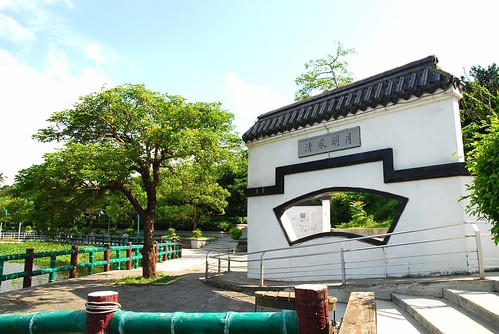edundant function for RelB in TEL-JAK2-induced leukemogenesis. However, because RelB deficiency affects all mouse tissues, these results do not distinguish whether RelB function is required intrinsically in the hematopoietic cells targeted by TELJAK2, and/or whether it is required in non-leukemic cells from the tumor microenvironment to support TEL-JAK2-induced leukemogenesis. Relb deficiency in the hematopoietic compartment does not affect TEL-JAK2-induced T-cell leukemogenesis To analyze whether the function of RelB in TEL-JAK2-induced leukemogenesis reflected an intrinsic role in the hematopoietic compartment, we generated bone marrow radiation chimeric mice. Bone marrow cells obtained from either TEL-JAK2;Tcra2/2; Relb2/2 or TEL-JAK2;Tcra2/2;Relb+/2 non-diseased mice were intravenously injected into wild-type, lethally irradiated recipient mice. Both groups of bone marrow chimeric mice developed T-cell leukemia with similar onset . Diseased chimeric mice of both groups developed leukemia affecting the thymus, frequently in association with pleural effusion, lymph nodes, bone marrow, and occasionally spleen and liver. No significant difference in lymphoid organ invasion and leukemic cell surface marker expression was observed between the two experimental groups. Of note, under these experimental conditions non-TEL-JAK2 transgenic Tcra2/2;Relb2/2 and Tcra2/2;Relb+/2 bone marrow donor cells RelB Promotes Leukemogenesis were both capable to normally reconstitute the T-cell compartment when adoptively transferred into lethally irradiated syngeneic WT mice, as demonstrated by the similar proportions of DN and DP thymocytes and by the absence of mature CD4 or CD8 SP cells. Together, these results indicate that Relb deficiency in the hematopoietic compartment hampered neither normal T-cell development nor TEL-JAK2-induced T-cell leukemogenesis. Relb deficiency in radiation-resistant MedChemExpress Cy3 NHS Ester non-hematopoietic cells delays the onset of TEL-JAK2-induced T-cell leukemia Since RelB is expressed in thymic and lymph node nonhematopoietic cells and since genetic experiments have shown that RelB plays an important role in shaping thymus and lymph node architecture during mouse development, we analyzed whether RelB could play a role in leukemogenesis through a hematopoietic cell-extrinsic mechanism. First, we assessed the ability of Tcra2/2;Relb2/2 mice cells to support normal development of Relb+/+ T cells. Therefore, Tcra2/2;Relb+/+ bone marrow cells were adoptively transferred into lethally irradiated Tcra2/2;Relb2/2 or Tcra2/2;Relb+/2 recipient mice. Expression of CD4, CD8, CD25, and CD44 showed that both groups of chimeric mice presented normal DN and DP thymocyte development. No significant difference in thymocyte cellularity was observed between Tcra2/2RTcra2/2;Relb2/2 and Tcra2/2RTcra2/2;Relb+/2 mice. In these experiments, donor female Tcra2/2 bone marrow cells were adoptively transferred to male recipients, so efficient  thymus reconstitution by donor cells could be ascertained by the presence of X-chromosome-specific genomic sequences, as detected by PCR, and the absence of Y-chromosome-specific sequences in thymocytes from chimeric recipient mice. These results indicate that Tcra 18347139 and Relb double deficiency in nonhematopoietic cells does 18690793 not impair the development of DN and DP thymocytes, the T-cell compartment targeted by TEL-JAK2 in leukemogenesis. Thus, bone marrow cells from non-diseased EmSRa-TEL-JAK2;Tcra2/2 mice were intravenously injected in
thymus reconstitution by donor cells could be ascertained by the presence of X-chromosome-specific genomic sequences, as detected by PCR, and the absence of Y-chromosome-specific sequences in thymocytes from chimeric recipient mice. These results indicate that Tcra 18347139 and Relb double deficiency in nonhematopoietic cells does 18690793 not impair the development of DN and DP thymocytes, the T-cell compartment targeted by TEL-JAK2 in leukemogenesis. Thus, bone marrow cells from non-diseased EmSRa-TEL-JAK2;Tcra2/2 mice were intravenously injected in
